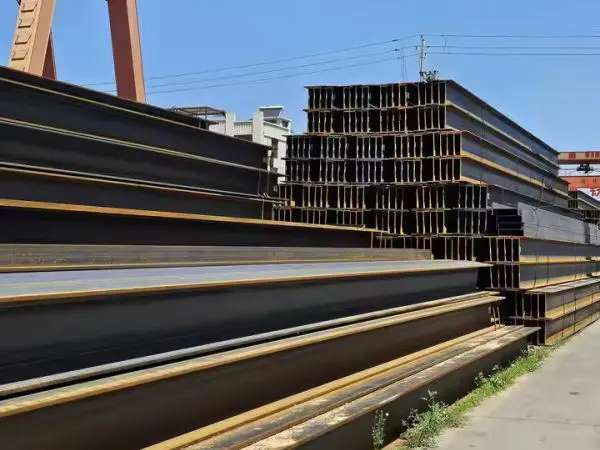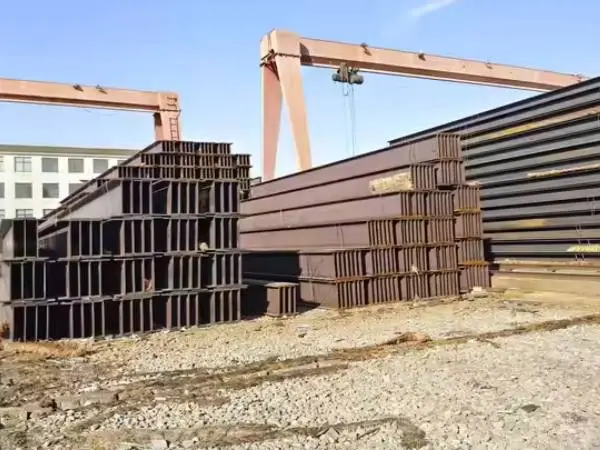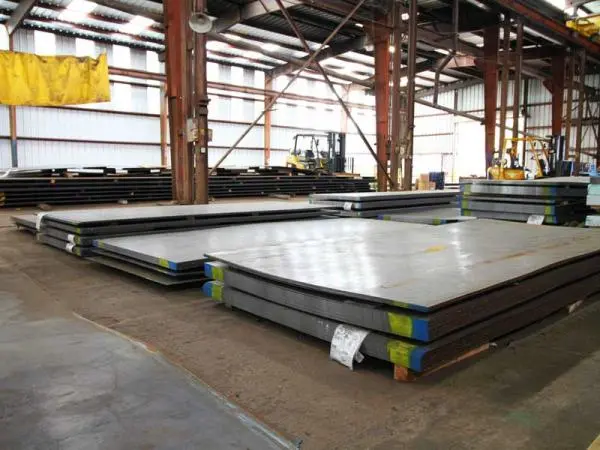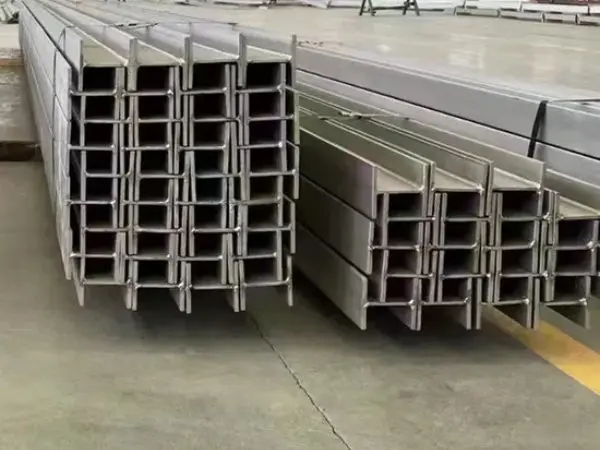- Phone0086 731 8564 8255
- E-mailsales@cscsteel-manufacturing.com
-

Galvanized steel pipes offer the advantages of corrosion resistance and longevity, typically priced similarly to carbon steel seamless or welded pipes, making them a cost-effective choice with increasing popularity. However, improper welding can lead to defects in these pipes. Here are key considerations to keep in mind when welding galvanized steel pipes.
Surface Preparation: Polish Before Welding
It is essential to polish off the galvanized layer at the welding joint. Failing to do so can result in defects such as bubbles, porosity, and weak welds. Removing the zinc layer helps prevent brittleness and enhances the weld's strength.
Understanding Galvanized Steel Characteristics
Galvanized steel features a zinc coating, approximately 20 µm thick, applied to low carbon steel. Zinc has a melting point of 419°C and boils at around 908°C. During welding, zinc melts and can float on the molten pool, leading to "liquid metal embrittlement." The presence of zinc can create brittle intermetallic compounds with iron, which diminish the weld’s ductility and may cause cracking under tension. Additionally, welding generates zinc oxide (ZnO), which has a high melting point and can contribute to slag inclusion if welding parameters are not optimal. Furthermore, evaporating zinc produces irritating and potentially harmful smoke, underscoring the importance of removing the zinc layer at the joint.
Welding Process Control
The preparation for welding galvanized steel mirrors that of ordinary low carbon steel. It is crucial to ensure the groove size and the adjacent galvanized area are appropriately prepared. The groove angle should generally be 60-65°, with a gap of 1.5-2.5 mm to promote proper penetration. Removing the galvanized layer from the groove before welding is advisable to minimize zinc contamination. Implementing techniques such as centralized beveling and maintaining a consistent groove edge can further enhance weld quality.
Welding Techniques
When performing multi-layer welding, focus on melting the zinc layer during the first pass to allow it to vaporize, minimizing the amount of liquid zinc that remains in the weld. For fillet welds, melt the zinc layer first and allow it to escape. A practical method is to push the welding rod forward by 5-7 mm to melt the zinc before returning to the original position to continue welding.




